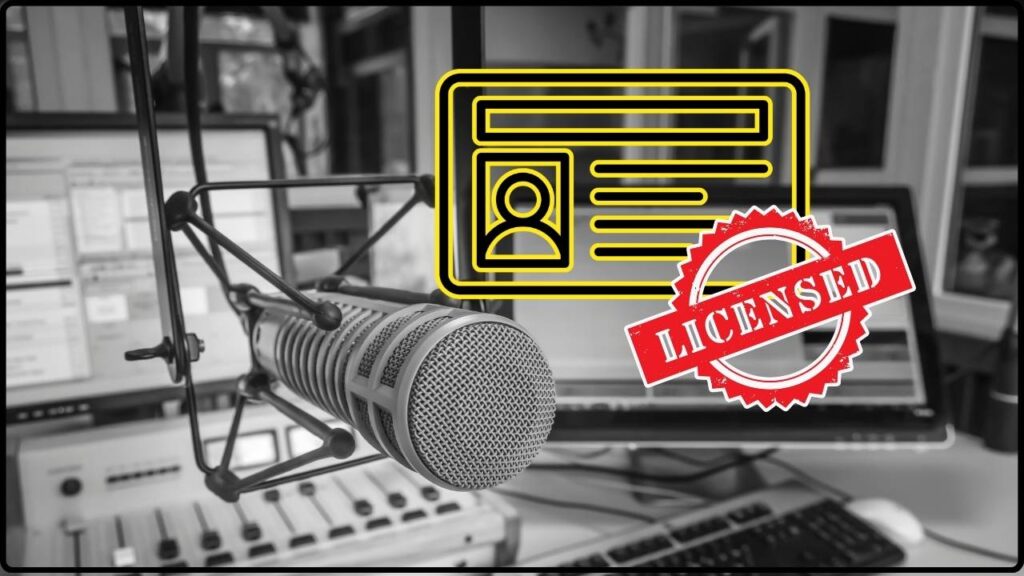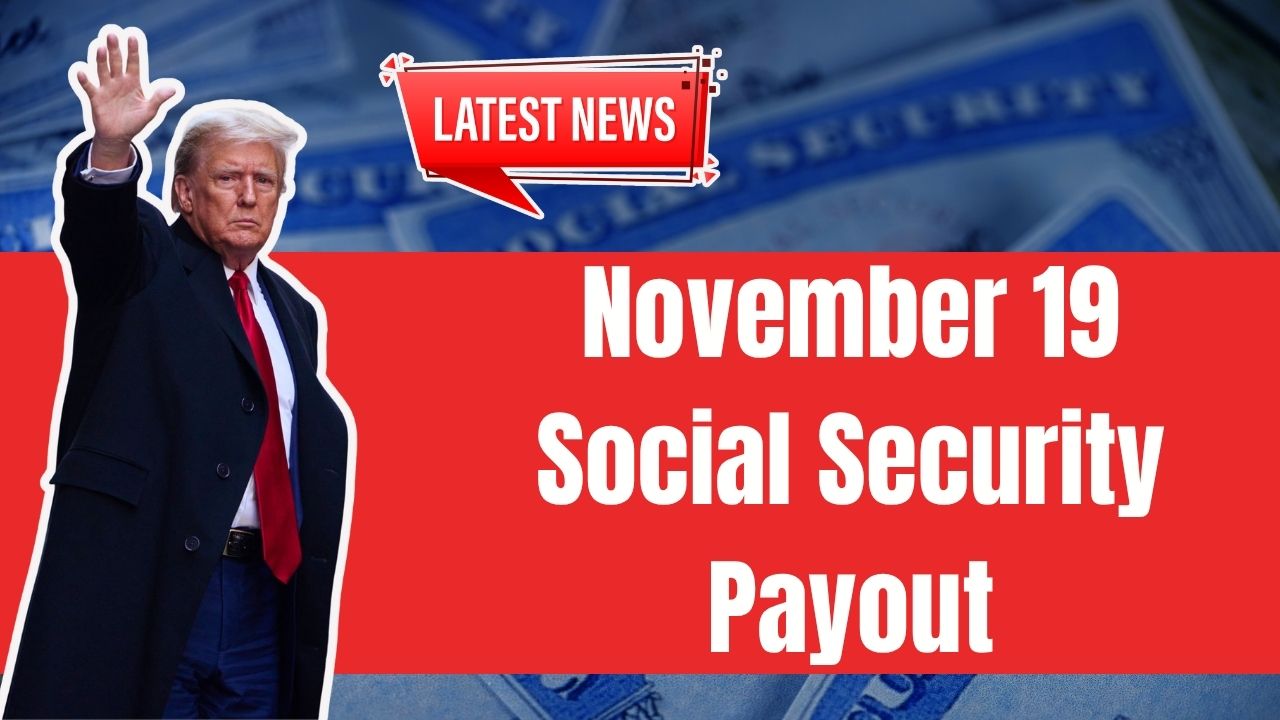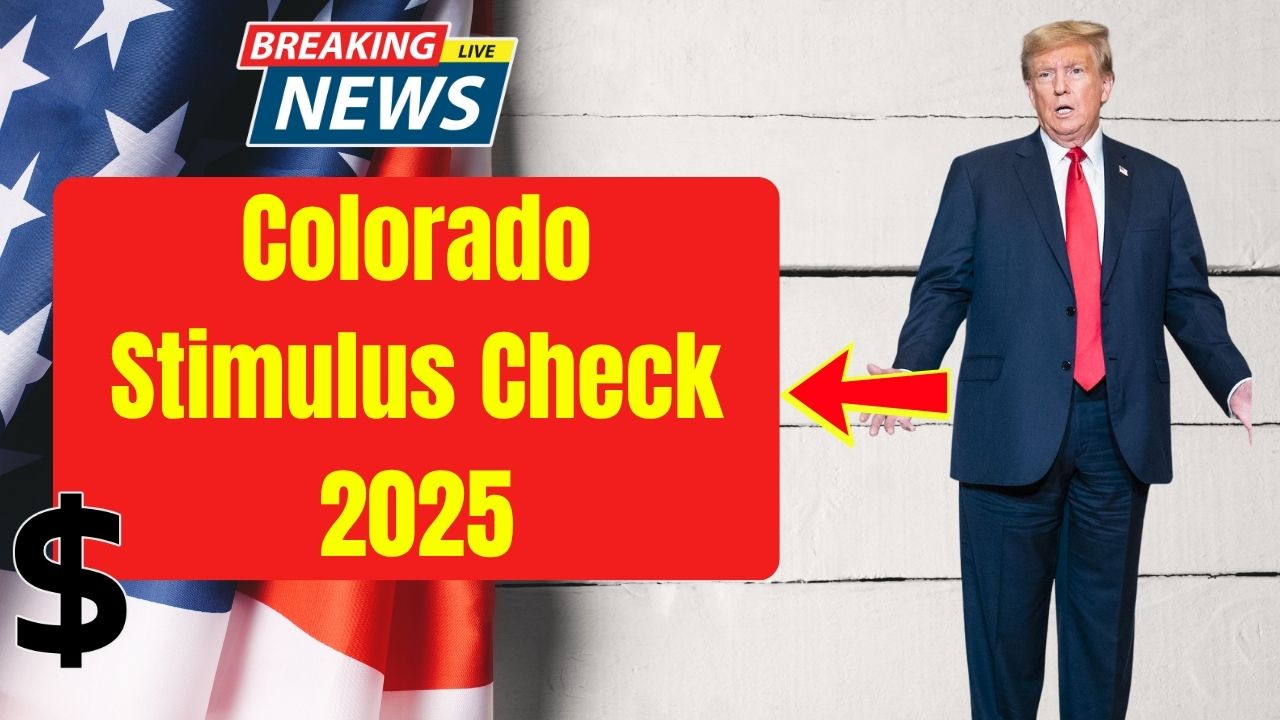
How to Get Your Ham Radio License: Getting your ham radio license in 2025 is a straightforward process that opens up a world of communication freedom, emergency readiness, and community connection. Whether you want to chat locally with friends, connect globally without the internet, or aid in disaster response, becoming a licensed ham radio operator in the USA is within easy reach. This guide breaks down how to get your license in just 3 simple steps — no jargon, no fuss, just clear, practical advice from an experienced pro. If you’ve ever wondered how to get your ham radio license, stick around. We’ll cover everything you need to know, plus the perks and gear to get you started right.
How to Get Your Ham Radio License?
Getting your ham radio license in 2025 is an accessible, rewarding adventure. Just pick your license, study up, and pass the test — you’ll soon be chatting locally or worldwide and ready to lend a hand when it counts. The community, skills, and critical emergency role make ham radio an unmatched hobby and public service. Your first step into the airwaves awaits. Start studying, get licensed, and join millions of hams making meaningful connections every day.
| Topic | Details |
|---|---|
| License Classes | Technician (entry), General, Amateur Extra |
| Exam Format | 35 multiple-choice questions per license level |
| Registration Requirement | FCC Registration Number (FRN) |
| Exam Delivery | In-person via clubs or 100% remote online options |
| Pass Rate | Requires 75% correct answers (26/35) |
| License Benefits | Emergency comms, VHF/UHF operation, limited HF privileges |
| Exam Fee | $35 (FCC licensing fee as of 2022) |
| Official Website | FCC Universal Licensing System (ULS) |
What Is a Ham Radio License and Why You Need One?
In simple terms, a ham radio license is government permission to legally operate amateur radio stations. It shows you know the rules, understand radio tech basics, and can safely communicate on approved frequencies.
Ham radio is more than a hobby. It’s a way to talk to people across town or worldwide, even when cell towers and the internet crash. During emergencies like hurricanes, power outages, or natural disasters, ham radio operators keep key communication channels open when others fail.
Licensing keeps the airwaves orderly and safe, preventing interference with other users. Plus, it unlocks different frequency privileges depending on your license class — giving you more ways to connect.
How to Get Your Ham Radio License?
Step 1: Pick Your License Level
There are three main ham radio licenses issued by the FCC. Choose based on your interest and how much access you want:
- Technician License: The starting point. Get access to local VHF/UHF bands and limited HF (long-distance) privileges. Ideal for beginners.
- General License: Opens up most HF bands for worldwide communication. Great for those who want to reach far and learn more.
- Amateur Extra License: The top license with full privileges on all bands. For the hardcore ham radio enthusiasts who want it all.
Most newbies kick off with the Technician License because the exam is manageable and the privileges are enough to get on air quickly and easily.
Step 2: Study and Get Ready for the Exam
The Technician exam is 35 multiple-choice questions pulled from a pool covering:
- FCC rules and operating procedures
- Basic electronics and radio theory
- Safety and equipment operation
You need to score at least 75% (26 correct answers) to pass.
Study Like a Pro
- Grab the ARRL Ham Radio License Manual (5th Edition) — the official go-to book.
- Use free online tools like HamStudy.org and Mometrix Ham Radio Practice for quizzes and flashcards.
- Watch YouTube tutorials to get visual explanations—channels like Ham Radio Prep are great.
- Join a local ham radio club or online community for support.
- Dedicate 10-15 hours over a couple of weeks to get comfortable.

Step 3: Register and Take the Exam (In-Person or Online)
Before testing, create an FCC Registration Number (FRN) via FCC CORES.
You’re free to:
- Take the exam in person at local club sessions or testing events.
- Or book a remote online test from your home with authorized Volunteer Examiner Coordinators (VECs).
The exam fee is typically $15-$35, covering FCC application charges.
Results are immediate. Passers get a Certificate of Successful Completion of Examination (CSCE). The VEC submits your application to the FCC, who processes and emails your official license and call sign within days.
The Critical Role of Ham Radio in Emergency Communication
One of the coolest and most important reasons to get licensed is ham radio’s vital role in emergencies.
When disasters hit — think hurricanes, tornadoes, wildfires, or major power outages — traditional communication like cell service and internet often fail. That’s where ham operators shine by providing a critical lifeline of communication to first responders, emergency management, and affected communities.
Why Ham Radio Works So Well in Crises?
- Network Redundancy: Ham radio provides a backup emergency communication system independent of commercial networks.
- Flexibility: Operators can set up portable, mobile, or fixed stations quickly, working even in remote or infrastructure-poor areas.
- Community Network: Thousands of volunteer amateur operators form a large, decentralized support net across the country.
- Skilled Operators: Ham radios are managed by trained enthusiasts familiar with emergency protocols, digital and voice communication, and technical troubleshooting.
Real-Life Examples of Ham Radio Emergency Impact
- During Hurricane Katrina in 2005, ham operators provided essential communication between emergency agencies when phones and internet were down.
- In Puerto Rico after Hurricane Maria (2017), ham operators restored 2-way communication using HF and digital networks, connecting isolated communities with relief agencies.
- Local hams assist massive public events (like marathons) and search and rescue missions by providing reliable on-ground communications.
Joining emergency communication groups like ARES (Amateur Radio Emergency Service) or RACES (Radio Amateur Civil Emergency Service) adds training and purpose to your ham radio skills.

Career and Hobby Benefits
Getting licensed doesn’t just plug you into a global network of ham enthusiasts — it can also boost your professional path.
- STEM Skills: Operating and troubleshooting radios builds knowledge in electronics, antennas, and communications protocols.
- Career Doors: Many engineers, telecom specialists, broadcast technicians, and emergency communication professionals started as hams.
- Paid Roles: Opportunities exist for maintaining radio systems, working with public safety agencies, or even satellite and space communications.
- Community and Fun: Besides career, ham radio provides endless enjoyment through contests, DXing (long-distance contacts), and building custom equipment.
Starter Equipment for Ham Radio Operators
You don’t need fancy gear to start. Common beginner equipment includes:
- Handheld Transceiver (HT): Portable radios like the Baofeng BF-F8HP cover VHF/UHF and are budget-friendly for Technician license holders.
- Antenna: A simple dual-band antenna supports local transmissions.
- Power Supply: For home stations, a stable DC power source is essential.
- Accessories: Microphones, cables, battery packs, and optional antenna tuners to improve signal quality.
As hobbyists advance, they explore HF radios for global contacts, build elaborate antennas, or operate in challenging setups.
What is ARES? A Complete Guide to the Amateur Radio Emergency Service
ARES vs. RACES: What’s the Difference and Which Should You Join?










